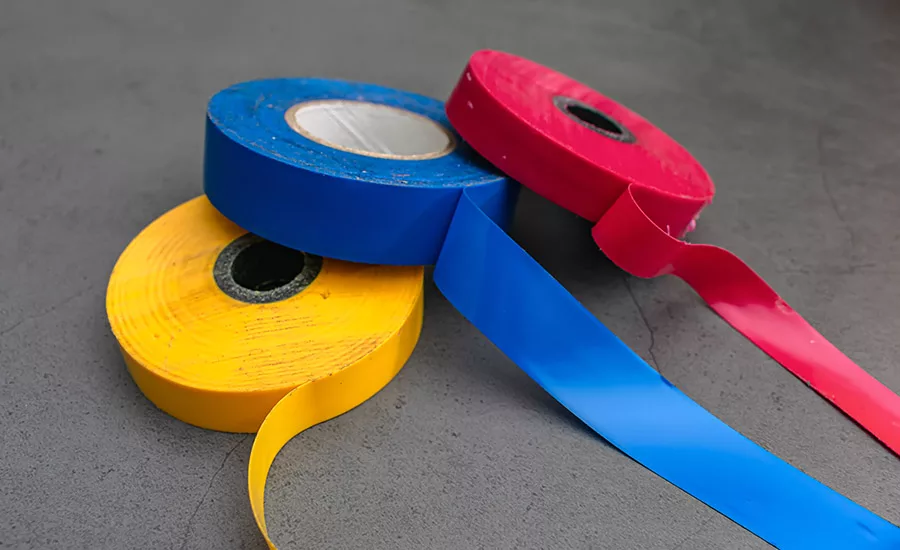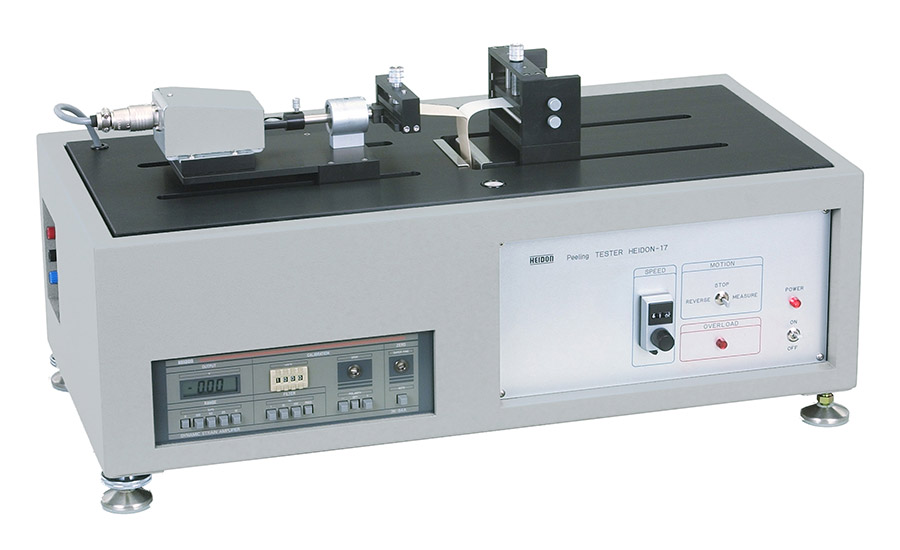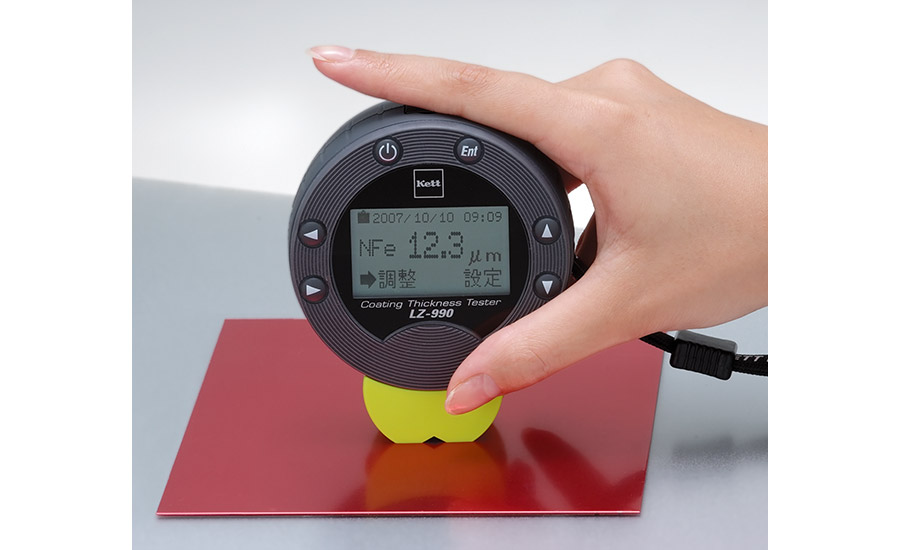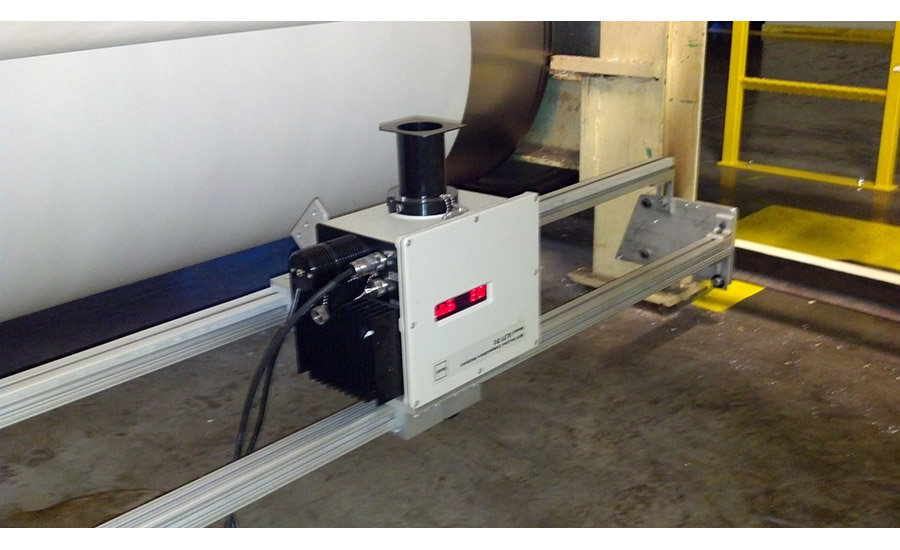Reliable Adhesion Testing for Self-Adhesive Materials
Analytical instruments can ensure reliable product performance of self-adhesive materials by measuring critical characteristics like adhesive tack, peel, thickness, and composition

Image courtesy of Nikolay Chekalin / iStock / Getty Images Plus.
To ensure quality, manufacturers of products like tape, labels, and wallpaper rely on adhesion testing. Without proper bonding between materials, it is possible for products to peel away or fail prematurely, which could compromise the manufacturer’s reputation as well as market share.
John Bogart, managing director of Kett US, explained, “To create products that require adhesion, engineers and quality assurance teams need measurements to ensure industry standards are met. Adhesion tests assess how resistant a material will be when pulled away from its substrate, especially under the pull of perpendicular tensile force."
Critical Nature of Testing
Even in a product category like tape, there can be significant differences in adhesive properties and applications. Masking or painter’s tapes are specifically designed to hold firmly but be easily removable; duct, mounting, or electrical tape are intended to be more permanently affixed. Therefore, ongoing testing is necessary to determine if the required adhesive properties are achieved.
Adhesion failures can result in exorbitant costs for both manufacturers and consumers. Therefore, quality assurance engineers need instant adhesive measurement instruments to promptly test and evaluate adhesion. Ideally, the equipment would evaluate various critical properties like adhesive tack, peel, thickness, and composition.

Analytical instruments can ensure reliable product performance of self-adhesive materials by measuring critical characteristics.
Variety Adds Functionality
Although desktop and inline process analyzers are available, the challenge is that conventional adhesive testing equipment typically offers a limited range of functions. Consequently, multiple instruments are often required. There are also other issues with traditional testing methods that make them inconsistent, laborious, and time-consuming.
As a result, some industry suppliers now provide a wide range of instant adhesive measurement equipment with multi-functional capabilities. These desktop, online, and inline testing solutions are cost-effective analytical tools to determine critical properties of adhesives, including tackiness, peel, coat thickness, and composition.
All-in-One Desktop Units
When a wide range of adhesive surface properties need to be tested, a desktop all-in-one unit offers a significant amount of flexibility in a single machine with assorted jig attachments for specific tests. The device measures surface tack and peeling resistance, as well as a variety of other properties like friction, wear, peel, and scratch resistance.
All-in-one units accommodate various peel tests to determine the adhesive strength of a self-adhesive product or the strength of the bond between two materials. The unit can perform a stable T-peel or 180-degree peel test using assorted mechanical jig attachments to determine peeling resistance and ultimate peel load before coming loose.
Tackiness tests are used to measure the bonding strength of a product. The unit instantly measures surface tack expressed in numerical terms, based on the rolling resistance of a stainless-steel roller. Traditional measurements of tack are more cumbersome. In measuring the tackiness of a tape, one conventional test involves rolling a ball bearing down a ramp onto a specimen and measuring the distance needed to stop the ball.
Measuring Coating Thickness
To ensure consistent quality, a tape, label, or building material manufacturer also needs to determine that an adhesive is evenly applied at the appropriate thickness. When too little material is applied, the risk is poor adhesion. Applying too much material results in wasted money.

Without proper bonding between materials, it is possible for products to peel away or fail prematurely.
To simplify quality control, instant gauges allow users to measure coating, substrate, and label thickness with a simple, non-destructive test. These machines provide a quality check that can improve product consistency with great precision, For example, the Kett model LZ990 displays thickness in either mils (.001 inch) or microns (.001mm) to the thousandth decimal place.
Inline Composition Analyzers
Self-adhesive product manufacturers may also want to analyze the composition of the adhesive. Advanced composition analyzers utilize near-infrared reflectance (NIR) to provide accurate measurement of adhesive components without sampling, physical contact, or degradation. These units are available in desktop, online, and inline models.

The right analytical instruments can ensure reliable product performance of self-adhesive materials.
“With NIR, the surface of the product, whether solid or liquid, is measured and light is absorbed by the chemical components. The detected absorbance is converted into component values,” explains Bogart.
NIR devices can also be used to analyze moisture, film thickness, and coat weight, which can simplify the process for users by allowing them to measure multiple properties with just one instrument and software.
Since measurement is instant, the instrument eliminates the need to take samples to a laboratory and put production on hold. With pinpoint accuracy, any employee can achieve consistent test results with minimal risk of error, allowing specialized technical staff to focus on other areas of the manufacturing process.
Conclusion
Adhesive strength and related properties are essential to performance in a wide range products like tape, labels, and other self-adhesive materials, so effective measurement is crucial to maintain quality. Manufacturers that take advantage of the most accurate instruments to measure all necessary characteristics related to adhesion can ensure product quality, as well as protect the brand and the company’s reputation.
Kett US is a manufacturer of a full range of testing instruments for adhesion, peel, composition analysis, and moisture measurement. For more information, visit www.kett.com.
Looking for a reprint of this article?
From high-res PDFs to custom plaques, order your copy today!






